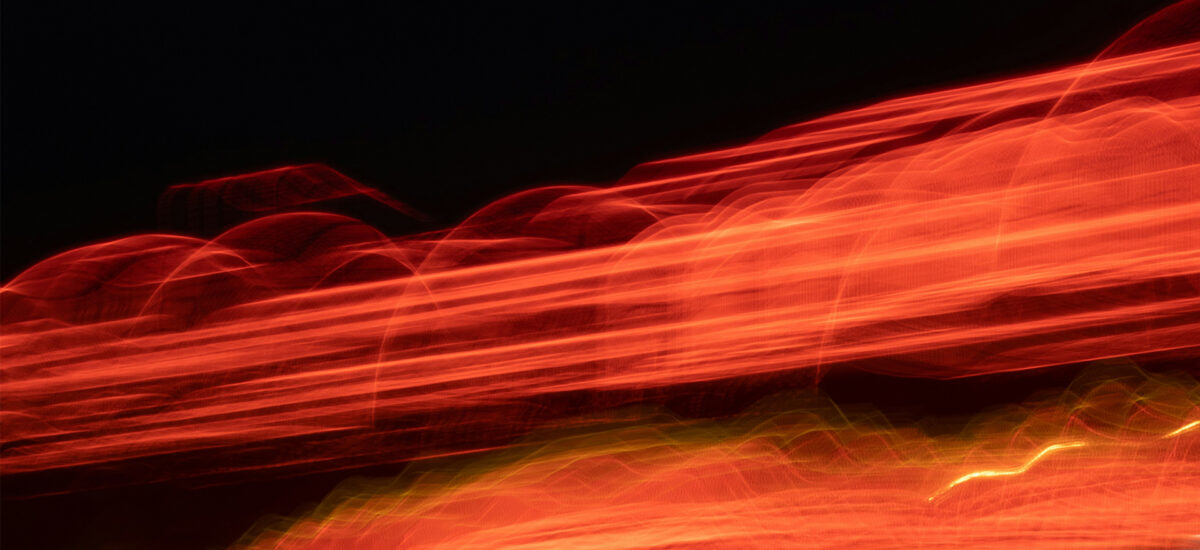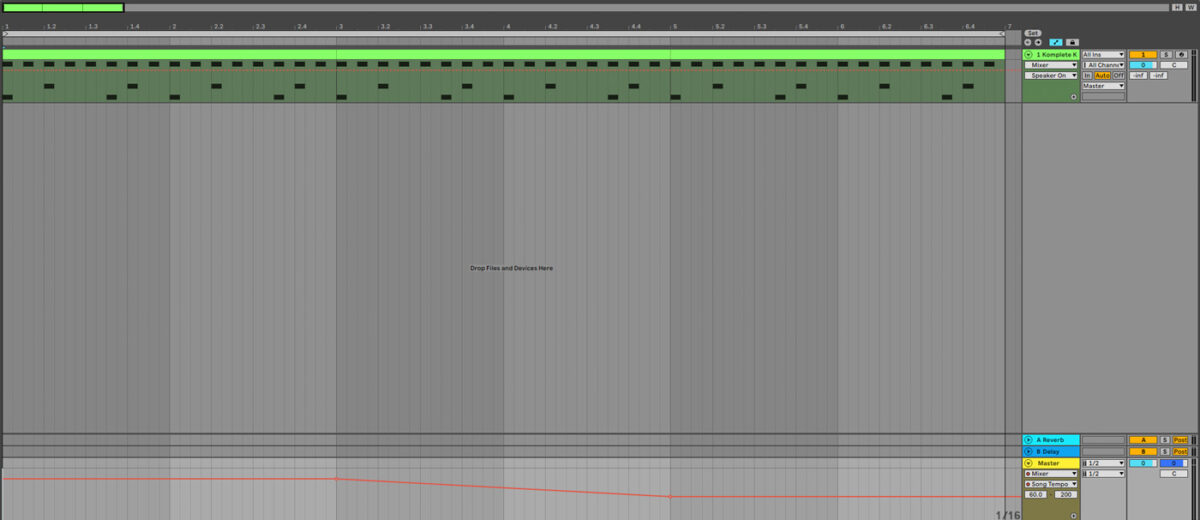
If you’re new to the world of music production, you may find yourself wondering about the terms ‘tempo’ and ‘BPM’, and how they relate to making a piece of music.
Tempo refers to how quickly a piece of music is played, and it’s a crucial element that sets the overall pace and feel of the music. One can imagine it as the heartbeat or rhythm of a musical composition. Some songs are slow, and others are fast, and we can think of this like the speedometer of a car. Typically slow-moving pieces of music are more relaxed, and faster pieces are more exciting.
In this guide to tempo we’ll answer questions like, “what is the tempo of a song?” as well as what kinds of tempo various styles of music use, and how you can use different tempos in your music to enhance its emotional impact.
Jump to these sections
You can follow along with this guide using Komplete Kontrol, Ethereal Earth and Factory Selection 2, both of which are included in the free Komplete Start software suite.
What is tempo in music?
Tempo refers to how quickly a piece of music is played, and BPM (or ‘Beats Per Minute’) means the same thing: it’s just a way of specifying a tempo scientifically.
You might be familiar with this concept from this scene in the TV show The Office, where bumbling office manager Michael Scottt is instructed to pump a resuscitation manakin’s chest at 100 beats per minute, using the Bee Gee’s “Stayin’ Alive” as a guide.
You can calculate the BPM of a song by counting how many beats are played in one minute, and there are many tools that will do this automatically for you such as the website Tap for Beats Per Minute. On this site you can simply tap any key on your keyboard in time with a track, and it’ll calculate the BPM for you.
If we try this to test the tempo of “Stayin’ Alive,” it comes out to a tempo of around 105 BPM, so The Office’s first-aid instructor was pretty close.

Let’s check out the tempo of some other famous songs. Kool & the Gang’s slow-jam “Summer Madness” comes out at a laid-back 85 BPM or so, and Outkast’s uptempo “Hey Ya” is around 160 BPM.
Before BPM became a common way to describe the tempo of a piece of music, broader terms were used. You may be familiar with classical terms such as ‘presto’ (very fast, approximately 180-200 BPM), ‘allegro’ (fast and lively, approximately 120-150 BPM), and adagio (slow and stately, approximately 60-80 BPM). Outside of the classical sphere, musicians and producers will tend to refer to BPM values, which are less open to interpretation.
What is an example of tempo?
In the world of popular music, tempo is described in BPM, or “Beats Per Minute” values. Taylor Swift’s “Cruel Summer” has a tempo of 86 BPM. This is an example of the tempo of a track.
What is tempo vs BPM?
Beats per minute (BPM) is a way to express tempo with a numerical value. So, they’re essentially different words that describe the same thing, the speed of a piece of music.
Tempo in your DAW
Setting a tempo in your DAW is very simple, and works the same way in practically all music software. Usually your DAW will have a tempo of 120 BPM by default. We’re going to use Ableton Live for this walkthrough, and if you’re using different software and are unsure of how to do something, please consult that software’s documentation.

You can use your music software’s metronome or “click track” to hear this tempo, but let’s program in a simple drum beat using Factory Selection 2, which you can get for free as part of Komplete Start. Create a new MIDI track in your DAW, load up Komplete Kontrol, and search for “Funk Kit” using the text search field. Double-click the kit to load it up.

Program in C1 notes on the beat for two bars. This will give us a kick drum on the beat, and we can hear how 120 BPM sounds.

We can change the project tempo by clicking it, and entering a new BPM value. Let’s change the project tempo to 60 BPM.

Now the kicks are playing at a rate of 60 BPM. So, we have 60 kick hits every minute, exactly one per second. Pretty slow, but it’s worth noting that how a beat is programmed can affect how much energy it has. Let’s see how we can inject more energy into this beat while staying at the same tempo. Add D1 snares between each beat. As we’re adding 8th notes snares between our quarter note kicks, we’re getting a pacier feel without changing the tempo.

Now add F#1 closed hats on 16th notes. Again, this gives our beat more energy, and it sounds much more energetic than the pure kick pattern at the same tempo.

Set the project tempo to 175 BPM, a common tempo for drum and bass music.

Now this sounds really fast and manic, much more hectic than even drum and bass should sound. This is because of how the beat is programmed. For example, 8th note snares sound relatively chilled at 60 BPM, but at 175 they’re too much!
Let’s delete our 8th notes snares, and instead position them on the second and fourth beat of each bar. We’ll also delete the kicks, and place them on the first and sixth 8th notes of each bar instead, and delete the hats on 16th notes so that they only play on 8th notes. This will give us a rhythm that sounds much more natural.

So, it’s important to note that not only is the tempo of your music important, but how it’s programmed will have a dramatic effect on its feel too.
Slowing a piece of music down can make it sound more somber and less energetic. For example, here’s a simple arpeggiated pattern played back with Ethereal Earth’s Copper Breeze patch at 160 BPM.

Now, here’s how it sounds at 80 BPM.
The 80 BPM version sounds more thoughtful and subdued than the 160 BPM version.
Tempo in popular music
So, what tempi/BPM do popular styles of music use? Some genres of music such as rock can have wildly varying tempos, but there are many types of music that fit broadly into specific tempo ranges.
- RnB: RnB slow jams such as Victoria Monét’s “On My Mama” (78 BPM) are typically in the 60-90 BPM range.
- Hip hop: Tracks like E-40 feat. OT Genesis, Zoe Osama & G5’s “Show You How to Do It” (107 BPM) are usually between 90-110 BPM.
- House music: Sonny Fodera & MK feat. Clementine Douglas’ “Asking” (127 BPM) is a tune typical of house music’s general 120-130 BPM range.
- Trap: is generally considered to have a 130-150 BPM range, though its kick and share programming can give it a slower paced, halftime sound. Young Nudy’s “Peaches and Eggplants” (146 BPM) is an example of this type of track
- Drum and bass: Drum and bass ranges from 160 BPM to 180 BPM, with Philth and TC1’s ‘The Eastern’ clocking in at 170 BPM.
- Techno: Techno has a wide range of tempos, with subgenres such as ‘speedcore’ venturing into 200 BPM plus territory.
Tempo changes
Not all music sticks at one tempo, and tempo changes can be gradual or happen suddenly. For example, Frank Ferdinand’s “Take Me Out” starts out at around 143 BPM but has a smooth tempo change to around 106 BPM at the 50 second mark. Outkast’s “GhettoMusick” switches abruptly between 131 BPM electro-style verses and choruses and 77 BPM slow jam-style bridge sections. Frank Ocean’s “Pyramids” and Lana Del Ray’s “West Coast” are further examples of popular songs that change tempo.
Most DAWs allow you to change tempo by automating the project tempo parameter. For example, in Ableton Live we can slow our drum ‘n’ bass beat gradually down to a house tempo by automating the project tempo from 175 BPM down to 125 BPM on the master track.

Start using tempo in music today
Here we’ve looked at what tempo is, how you can calculate the tempo of your favorite tracks, how you can change tempo in your DAW, and the types of tempo in music genres. If you’d like to learn more check out Music production 101: How to start producing music, and download the free Komplete Start software suite.















